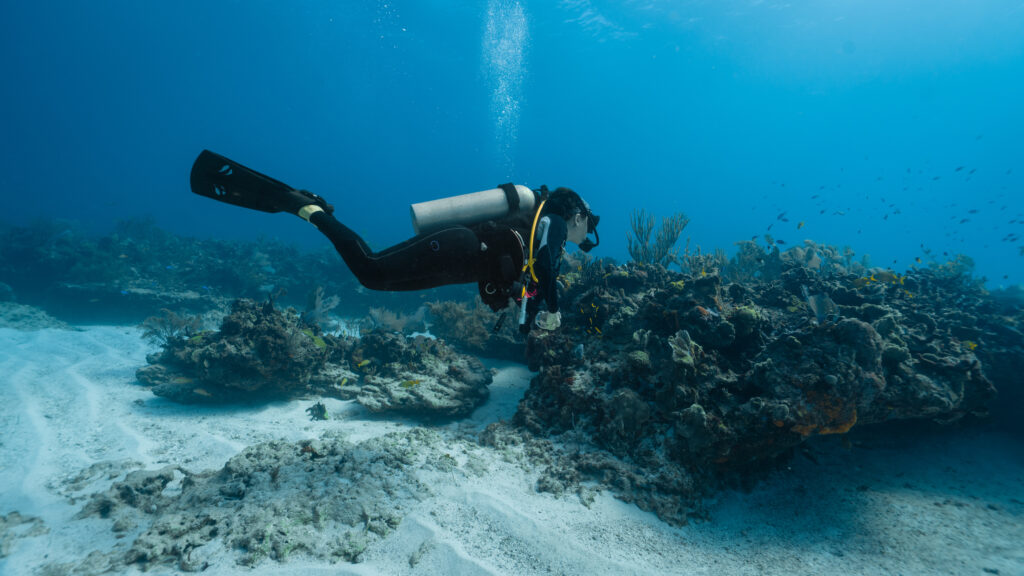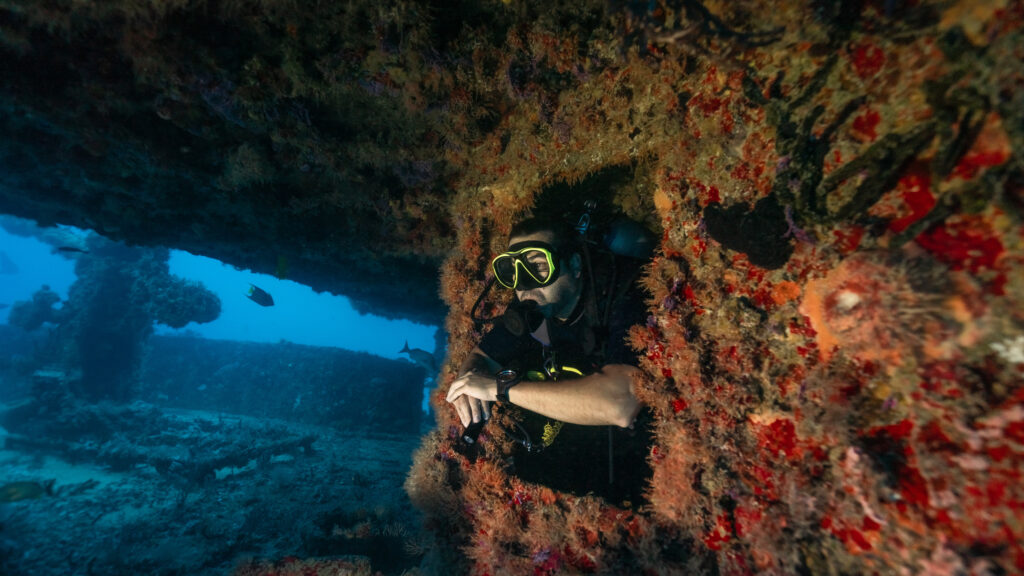What is really air when scuba diving?

Lorem ipsum dolor sit amet, consectetur adipiscing elit. Praesent vitae metus odio. Nam pellentesque turpis at vehicula vulputate. Etiam digsim consectetur nibh, nec suscipit quam interdum vitae.
What is Absolute Pressure in Scuba Diving Context?

Absolute pressure, a term frequently used in the field of scuba diving, refers to the total static pressure at a particular point. It is a vital concept that divers need to understand and appreciate to ensure safety during their underwater adventures. In technical terms, absolute pressure is the sum of the atmospheric pressure and the pressure due to any fluid column above the point of measurement. It is always measured relative to a perfect vacuum, which is devoid of all matter and hence bears a pressure of zero.
What is the Auto-Closure Device (ACD)?

The Auto-Closure Device (ACD) represents a significant advancement in scuba diving technology, specifically within the realm of diving regulators. This device automatically seals the regulator’s first stage when it is detached from the cylinder, preventing water, contaminants, and particulates from entering the system. By maintaining a clean and dry first stage, the ACD significantly enhances the reliability and longevity of scuba equipment, thereby improving diver safety. This entry delves into the origins, technicalities, functionalities, and safety implications of the ACD, illustrating its crucial role in modern scuba diving.
What is a Forward Roll Entry?

The forward roll entry, a staple technique for scuba divers, is a safe and efficient way of entering the water from a boat or a pier. As a key skill for divers of all levels, it is essential to master this technique for both safety and comfort. This entry will discuss the benefits of using the forward roll entry, the steps to execute it correctly, and potential hazards and tips to avoid them.
What is the Maximum Operating Depth?

Maximum Operating Depth (MOD) is a critical concept in the field of scuba diving. It refers to the deepest depth at which a particular gas mixture can be used safely without the diver experiencing oxygen toxicity. Understanding and adhering to the MOD is essential for ensuring diver safety and preventing potentially life-threatening conditions. MOD varies depending on the gas mixture being used and is influenced by the partial pressure of oxygen within the breathing gas. By comprehending the significance of MOD, divers can plan their underwater excursions more effectively and reduce the risks associated with diving to greater depths.
What is a Drop Weight?

A drop weight, a fundamental tool in scuba diving, plays a crucial role in managing a diver’s buoyancy. By adding or removing weight, divers can achieve neutral buoyancy, allowing them to maintain a stable position underwater without floating upwards or sinking uncontrollably. This balance is essential for conserving energy, enhancing underwater navigation, and ensuring safety during a dive. Drop weights can be attached to a diver’s belt, integrated into buoyancy control devices (BCDs), or even strapped to ankles, depending on individual preferences and specific diving conditions.
What is a Lifeline?

A lifeline in scuba diving is a critical safety device designed to ensure the diver’s connection to a secure point, whether it be a boat, surface support, or another diver. This tether provides a physical or electronic means of communication and safety, offering reassurance and vital linkage in underwater environments. Given the potential dangers inherent in scuba diving, such as strong currents, poor visibility, and equipment failure, lifelines serve as essential tools for maintaining diver safety and facilitating effective rescue operations if needed.
What is Night Diving?

Night diving is a thrilling and unique scuba diving experience that occurs after the sun has set, opening up a world of underwater wonders unseen during the day. It offers divers an opportunity to witness the nocturnal behaviors of marine life and the vibrant colors that are often lost in the daylight. The contrast between the darkness of the water and the focused beam of a dive light creates an atmosphere of mystery and excitement, making night diving an appealing adventure for those looking to experience something beyond the typical daylight dives.
What is a Reef Hook?

A reef hook is a specialized tool used by scuba divers to anchor themselves to a reef or rocky substrate, primarily in areas with strong currents. This piece of equipment allows divers to remain stationary while observing marine life or conducting underwater activities without exerting excessive energy swimming against the current. The hook typically consists of a metal hook attached to a durable line or strap, which divers can secure to their buoyancy compensator (BCD) or another part of their gear. By using a reef hook, divers can minimize their physical strain and reduce the risk of damaging delicate coral formations through inadvertent contact.
What is Open Circuit Scuba?

Open circuit scuba diving is a method of underwater diving in which the diver breathes from a tank of compressed gas and exhales directly into the water. This system is contrasted with closed-circuit systems, where exhaled gas is recycled and re-breathed. Open circuit scuba is the most common and widely used system in both recreational and professional diving. It is valued for its simplicity, reliability, and the extensive training programs available to certify divers. The ease of use and availability of open circuit scuba equipment have made it a cornerstone of underwater exploration.
